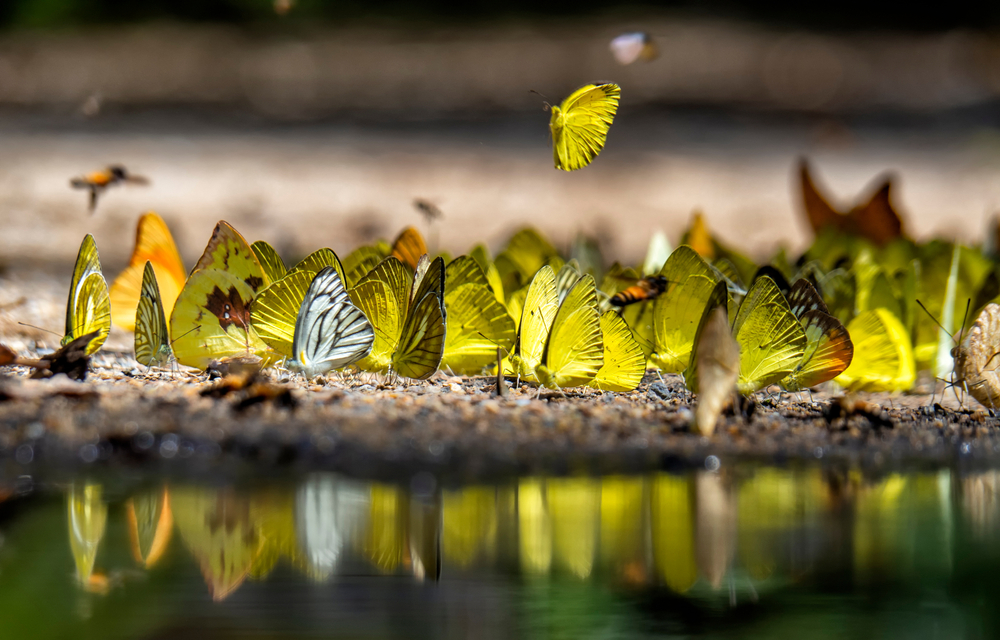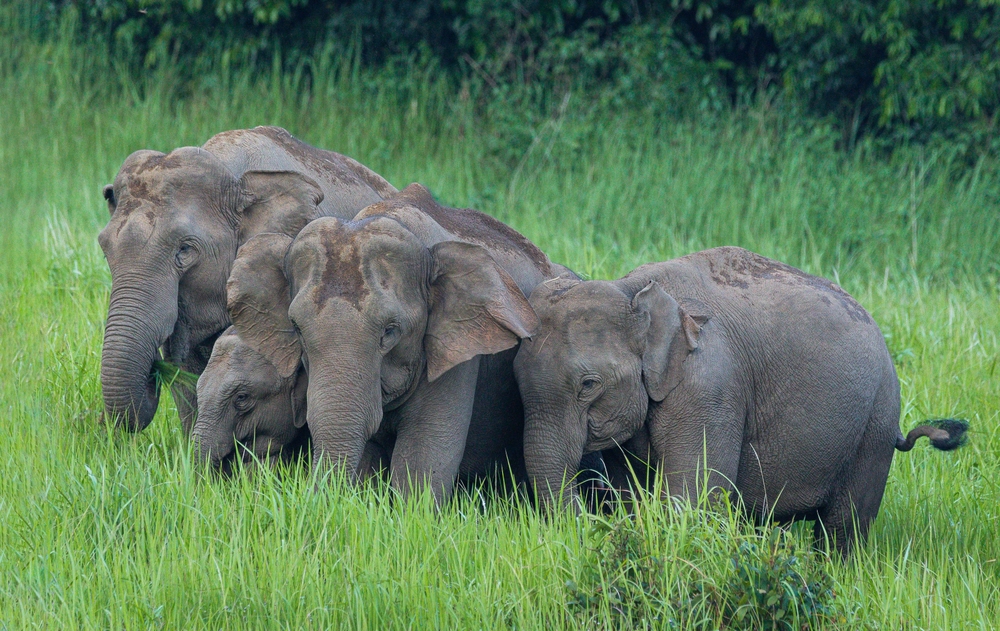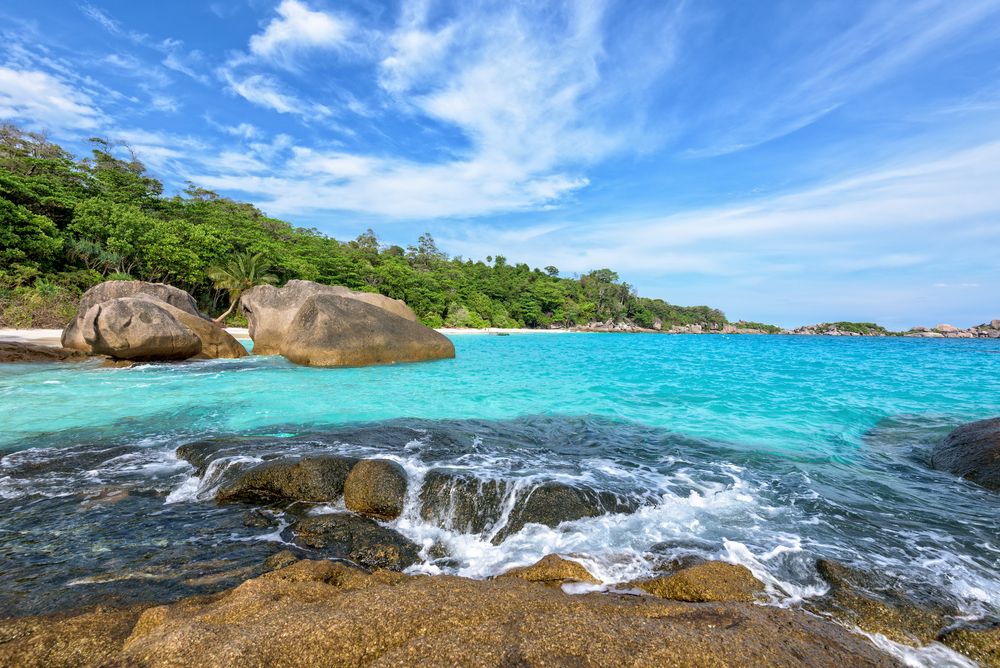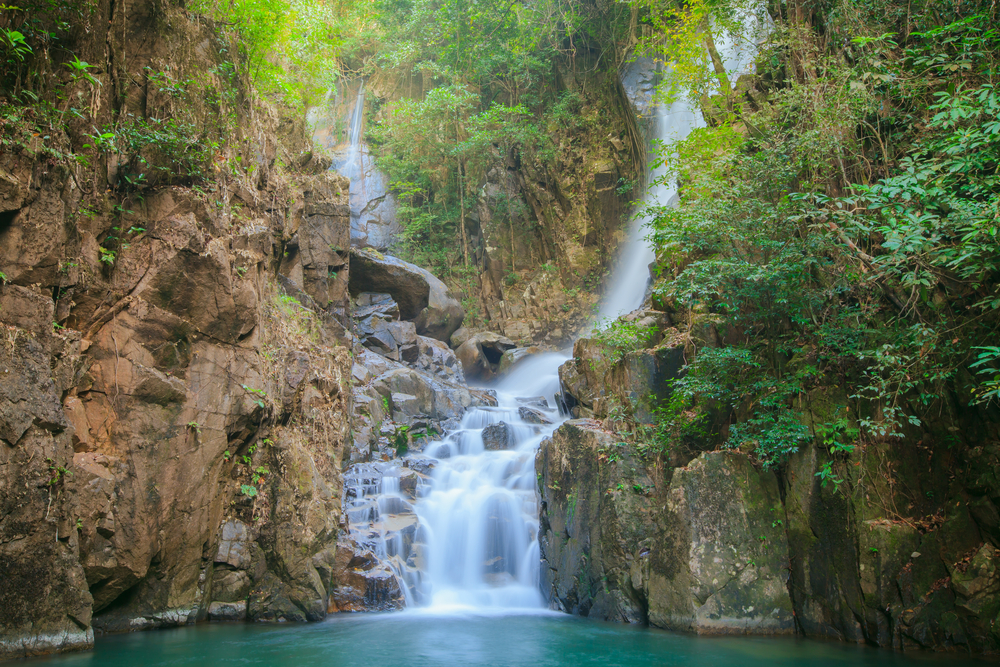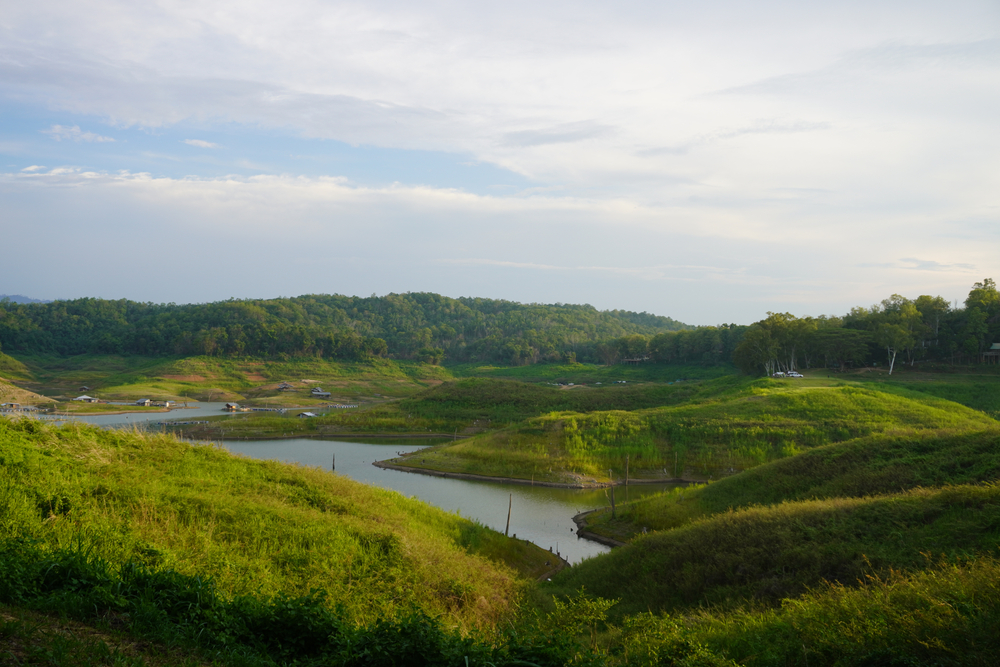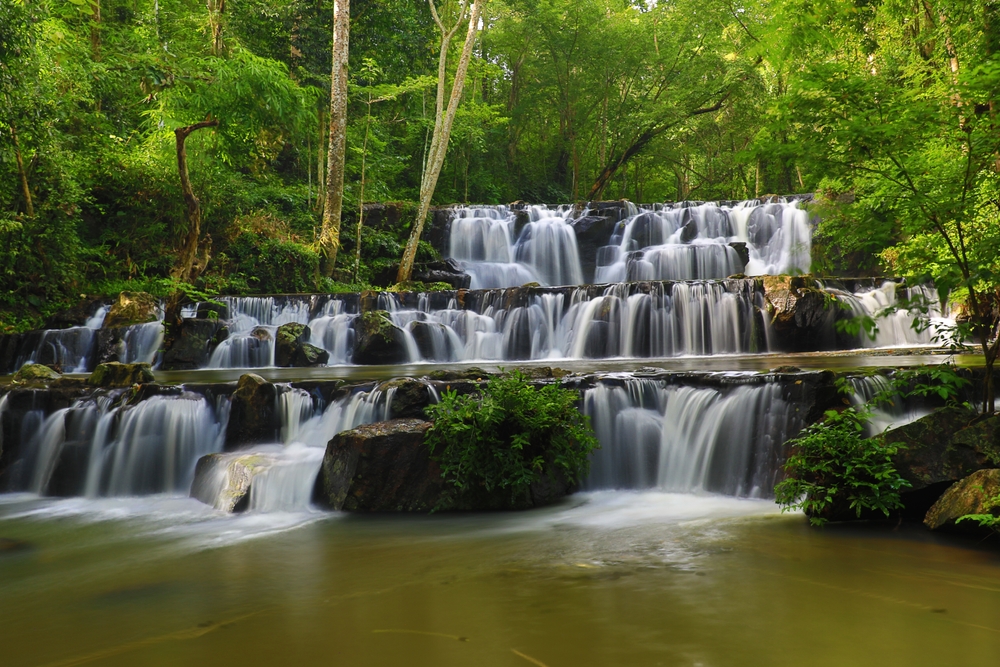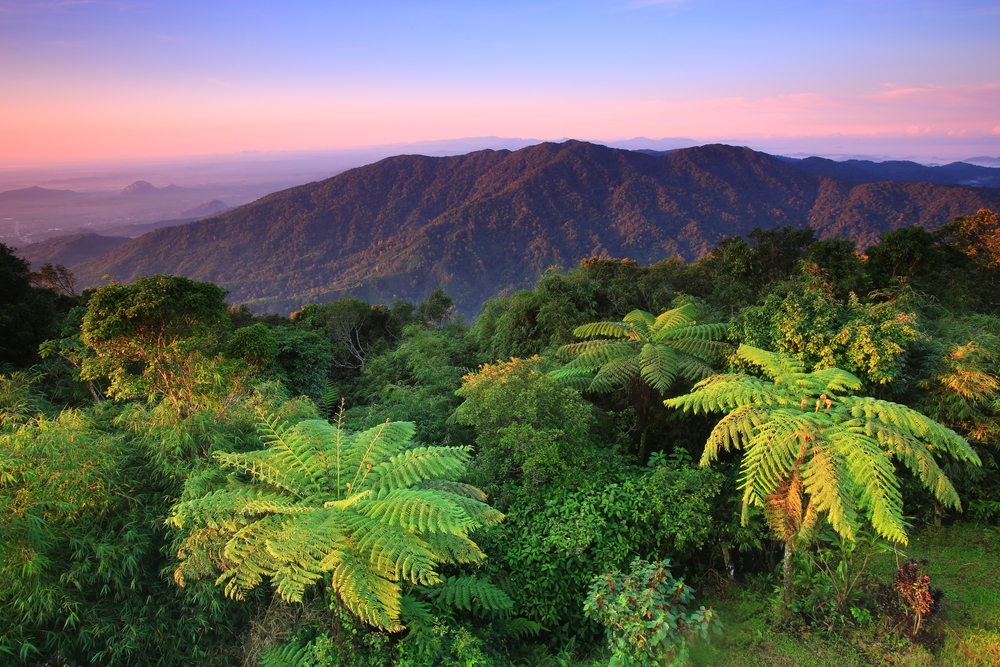Pang Sida Overview
Pang Sida National Park, known locally as อุทยานแห่งชาติปางสีดา (Uthayan Haeng Chat Pang Sida), is a protected natural area located in Sa Kaeo Province, eastern Thailand. Encompassing an area of approximately 329 square miles (853 square kilometers), the park is part of the larger Dong Phayayen-Khao Yai Forest Complex, a UNESCO World Heritage Site. This park is celebrated for its lush forests, diverse ecosystems, and significant conservation efforts, making it a haven for nature enthusiasts and wildlife lovers.
The terrain of Pang Sida National Park is a mix of lowland and mountainous areas, with elevations ranging from about 300 to 900 meters above sea level. The park’s landscapes include dense tropical rainforests, open grasslands, and riverine areas, which are crisscrossed by streams and waterfalls. One of its most iconic features is the Pang Sida Waterfall, a multi-tiered cascade that serves as a popular attraction and a serene spot for visitors.
Other notable geographic features include limestone outcrops and rolling hills that provide breathtaking views of the surrounding wilderness. The vegetation is rich and diverse, with evergreen and deciduous trees dominating the landscape. Rare orchids and vibrant tropical flowers add a splash of color to the park, particularly during the blooming season.
Wildlife thrives in Pang Sida National Park, making it a vital sanctuary for various species. Mammals such as elephants, tigers, leopards, and sambar deer roam the park, although they are often elusive. Visitors might have better luck spotting smaller creatures like civets, porcupines, and macaques. The park is also renowned for its incredible butterfly diversity, with over 400 species recorded, making it a premier destination for butterfly enthusiasts.
Birdwatchers are drawn to the park’s rich avian life, which includes hornbills, broadbills, and the endangered green peafowl. The harmonious chorus of birdsong and the vibrant fluttering of butterflies add a magical quality to any exploration of this natural wonderland.
Pang Sida National Park offers a variety of activities for visitors to enjoy. Hiking trails of varying difficulty lead to scenic viewpoints, waterfalls, and wildlife observation areas. Butterfly enthusiasts often visit during the park’s annual Butterfly Festival, which highlights its role as a haven for these delicate creatures.
Birdwatching, photography, and camping are also popular ways to engage with the park’s stunning surroundings. The park’s headquarters provide information, facilities, and guided tours for visitors looking to deepen their understanding of the local ecology.
Despite its beauty, the park faces conservation challenges, including poaching and illegal logging. However, proactive management and international recognition as part of a World Heritage Site have bolstered efforts to protect this ecological treasure. Ongoing projects aim to restore habitats, enhance wildlife corridors, and involve local communities in sustainable practices, ensuring the park’s long-term survival.








































































